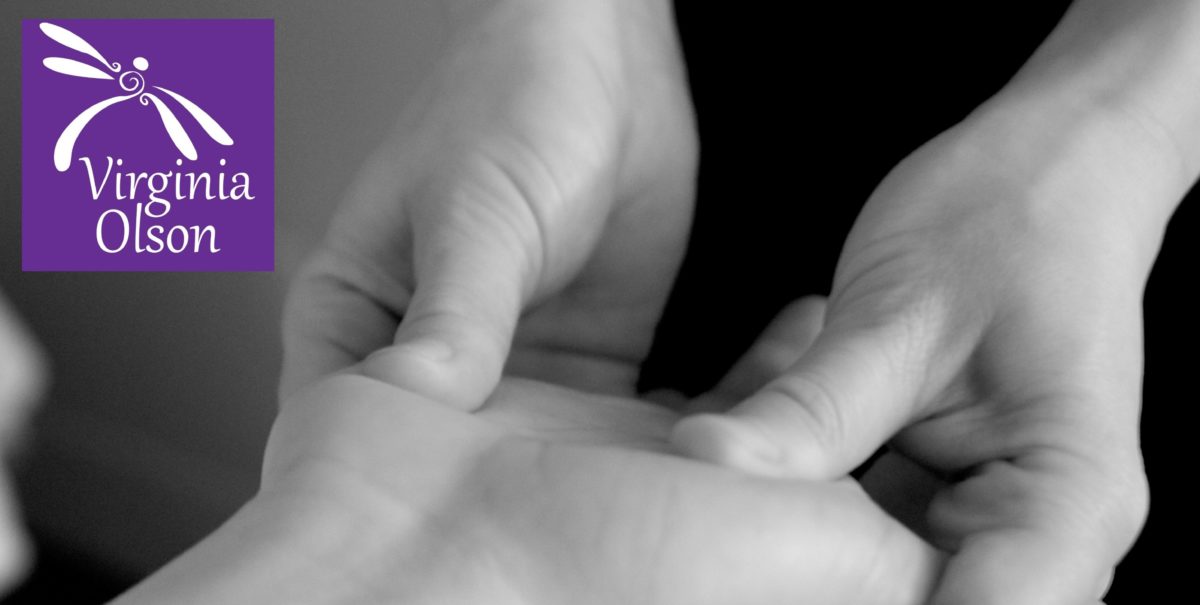“I thought such awful thoughts that I cannot even say them out loud because they would make Jesus want to drink gin straight out of the cat dish.” – Anne Lamott
One of the important things I’d like to think I’ve (mostly) learned over the years is not to make decisions in the emotional heat of the moment.
Sometimes, in the midst of an emotional storm, it’s tempting to take some action, to relieve the pressure of the intensity of our feelings. We can start to mistakenly believe that if we take drastic action, we will arrive at the solution to the problem, whatever it may be.
Unfortunately, this is rarely (if ever) the case. In my own life, I haven’t yet made a decision in a state of emotional turmoil that seemed wise when I considered it later. As an adjunct to this, conflict resolution became much easier when I learned that every thought does not need to be shared aloud. Indeed, there are a great many better left unsaid.
One of the things I noticed when I started meditating was the sheer amount of garbage manufactured by my mind, on an almost constant basis. I daresay this power would be impressive if it could be put to good use – though I think that’s the idea behind affirmations and positive thinking. But sometimes the mind has to be left to just wear itself out spinning crazy, awful stories.
And they are just that: stories. Fortunately, a regular meditation practice helps make that clear, because when we start to believe our own stories we’re treading on dangerous ground.
Eventually the mind grows tired, and we can step out of the “thought-emotion-action” loop, thereby gaining access to our greater wisdom. If we can weather the emotional storm, watching it until it dies down, and acting in the calm after the storm, we stand a better chance of achieving the outcome we truly want.
It’s a process, and a non-linear one at that. In the words of Anne Lamott, “You can get the monkey off your back but the circus never leaves town.”
That’s why they call it a practice.
